Ammonium Bi Crabonate
Ammonium bicarbonate is an inorganic compound with formula (NH4)HCO3. The compound has many names, reflecting its long history. Chemically speaking, it is the bicarbonate salt of the ammonium ion. It is a colourless solid that degrades readily to carbon dioxide, water and ammonia.
Food Grade Chemicals
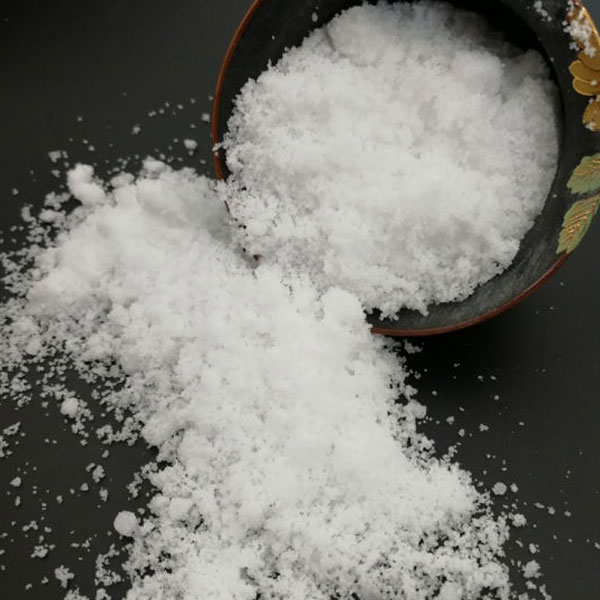
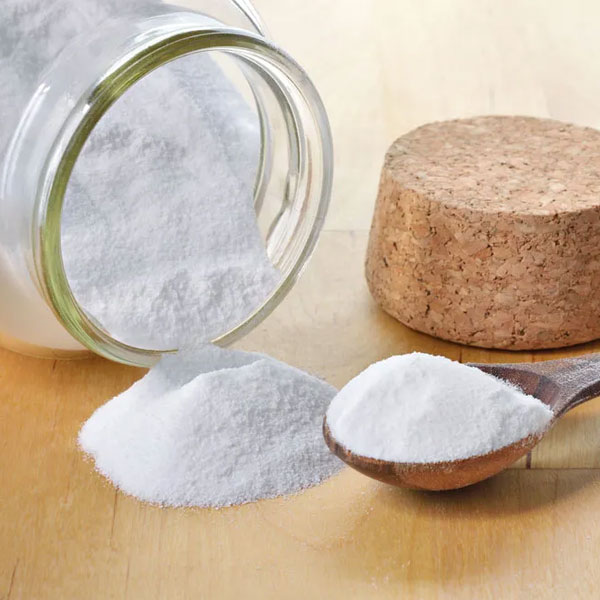
Soda bi carbonate
Sodium bicarbonate, commonly known as baking soda or bicarbonate of soda, is a chemical compound with the formula NaHCO₃. It is a salt composed of a sodium cation and a bicarbonate anion. Sodium bicarbonate is a white solid that is crystalline, but often appears as a fine powder.
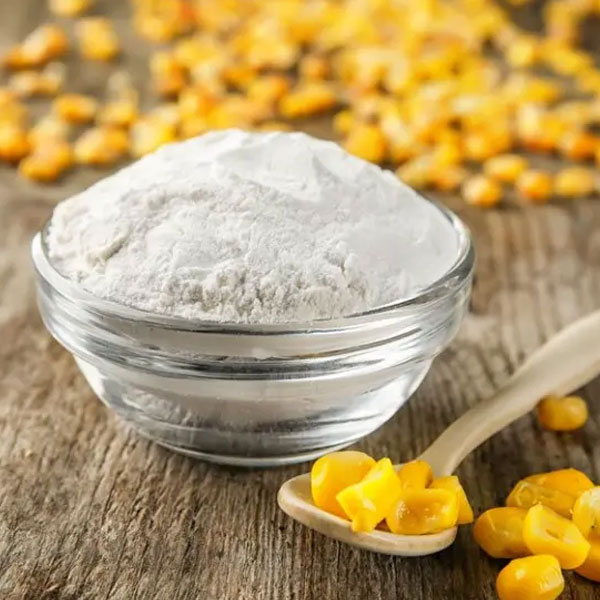
Maize Starch Powder
Corn starch, maize starch, or cornflour (British English) is the starch derived from corn (maize) grain. The starch is obtained from the endosperm of the kernel. Corn starch is a common food ingredient, often used to thicken sauces or soups, and to make corn syrup and other sugars.
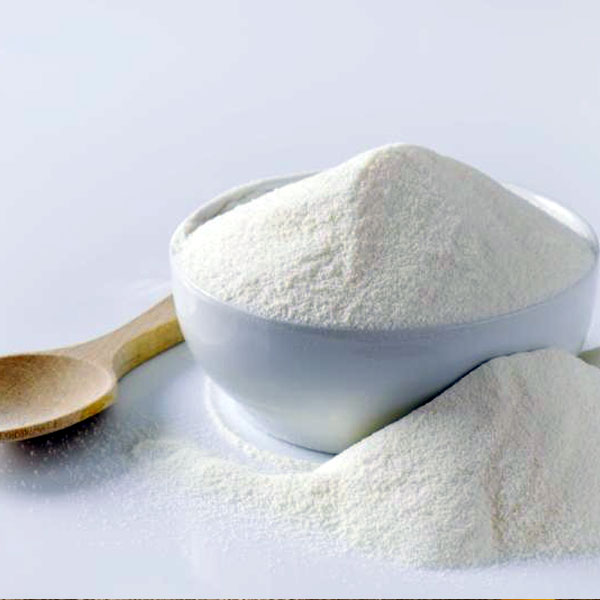
Skimmed Milk Powder
Skimmed milk powders are manufactured thank to a very simple process. They are obtained from fresh cow milk that has been skimmed, pasteurised and concentrated by vacuum evaporation. This concentrated milk is then spray dried or roller dried.
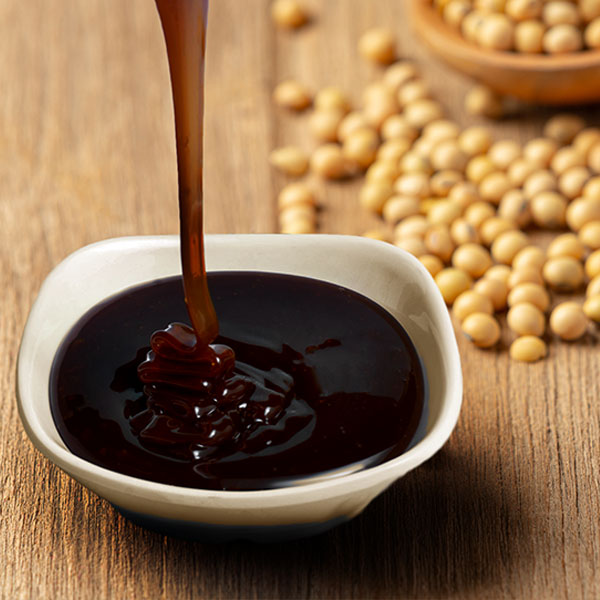
Soya Lecithin
What is soy lecithin? Lecithin is a food additive that comes from several sources — one of them being soy. It's generally used as an emulsifier, or lubricant, when added to food, but also has uses as an antioxidant and flavor protector. Like many food additives, soy lecithin isn't without controversy.
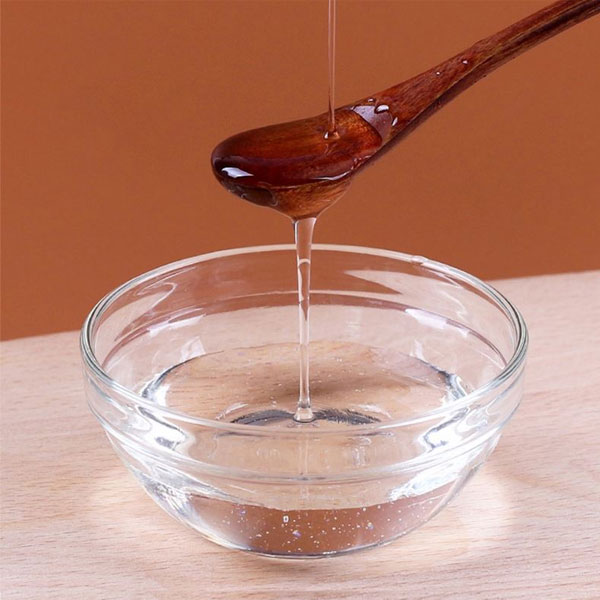
Liquid Glucose
Liquid glucose is a thick, syrupy, odorless and colorless or yellowish liquid obtained by the incomplete hydrolysis of starch, primarily consisting of dextrose with dextrins, maltose, and water. It is used as a flavoring agent and can be used in treating dehydration.
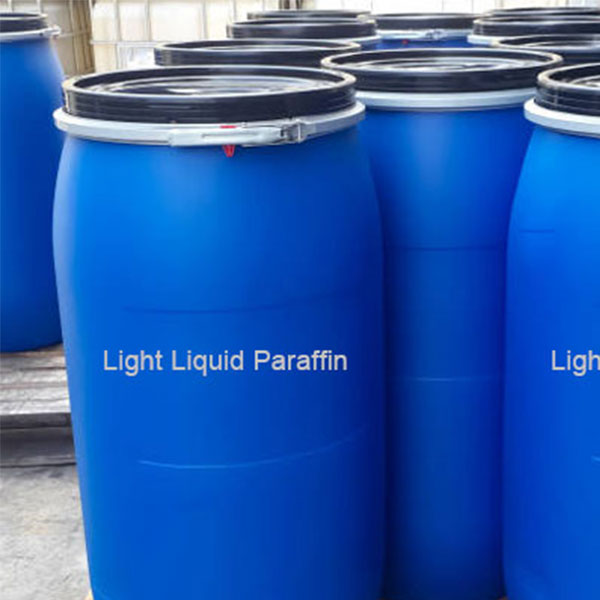
Light Liquid Paraffin
Light liquid paraffin oil is the highest grade, refined version of mineral oils and is an unsaturated hydrocarbon derived from petroleum. Some common petroleum refining methods for obtaining light liquid paraffin oil are thermal fractionation and chemical fractionation.
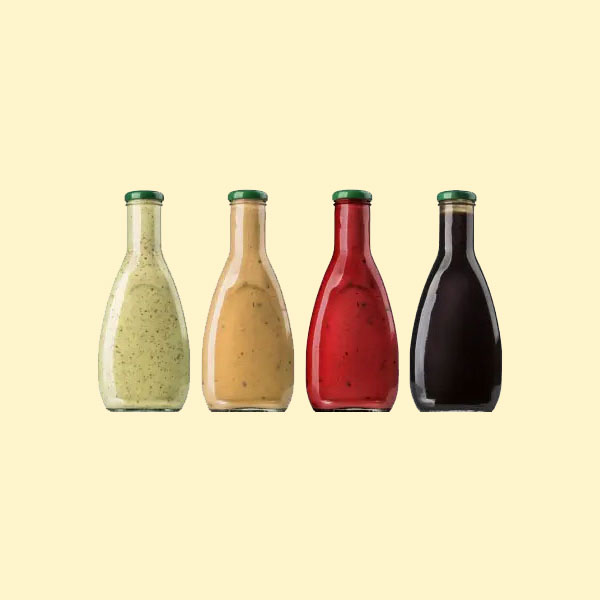
Essence & Flavours
Flavors are the sensory impressions you experience when consuming foods and beverages. These impressions are formed by the chemical sensations of taste and smell. Along with other sensations, like texture, you get the full experience of a food product.
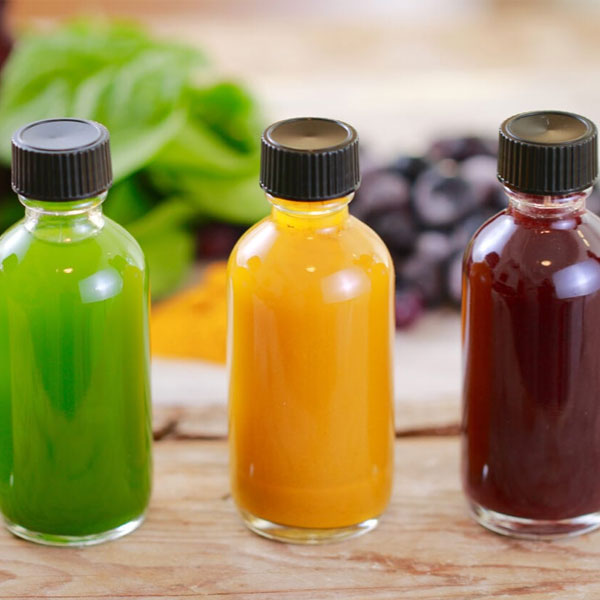
Food Colors
Some of the common food colours are tartrazine, sunset yellow, amaranth, allura red, quinoline yellow, brilliant blue and indigo carmine. Synthetic or Natural: Due to consumer concerns around synthetic dyes, there is a tilt towards promotion of natural colours.
